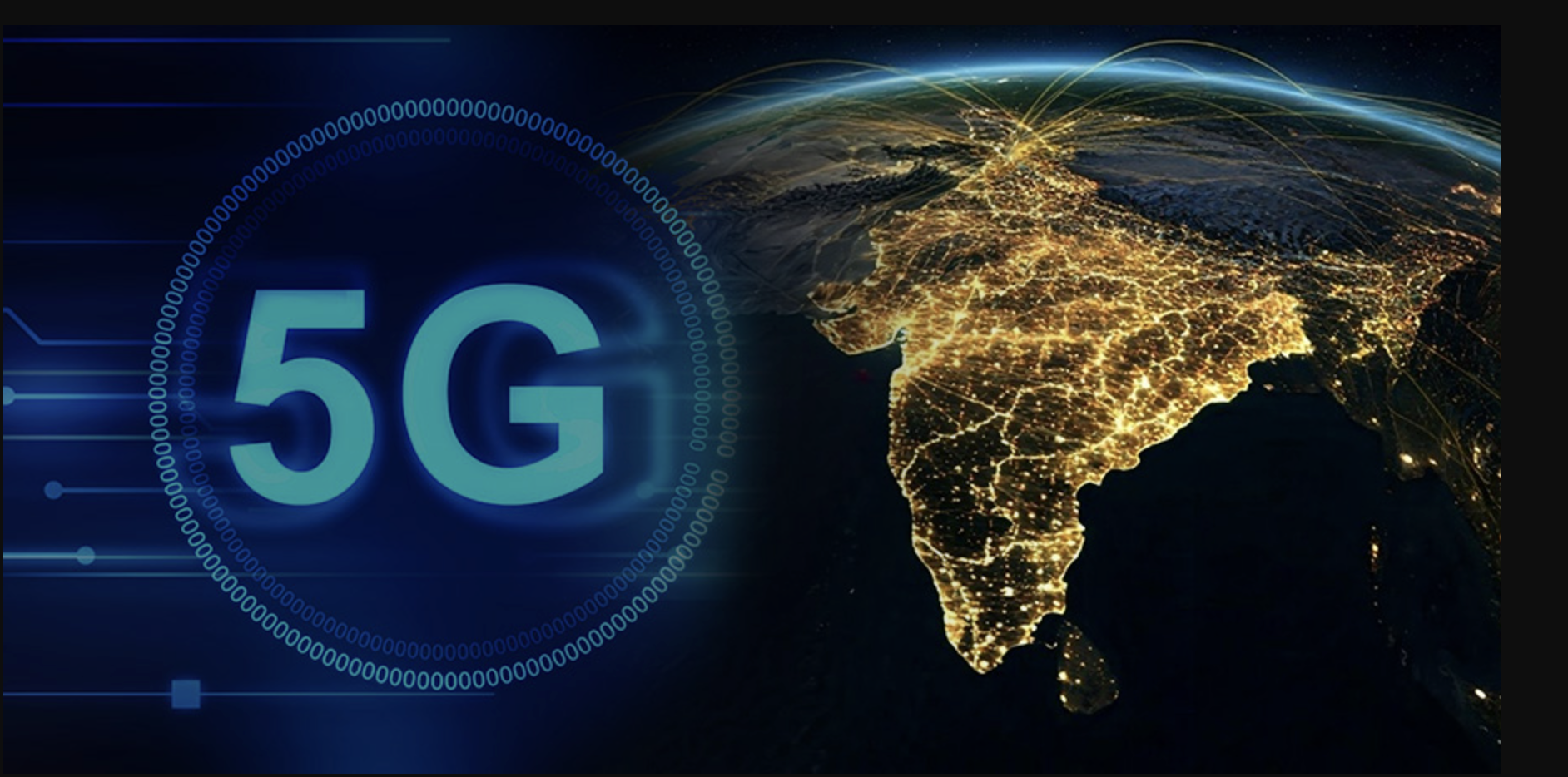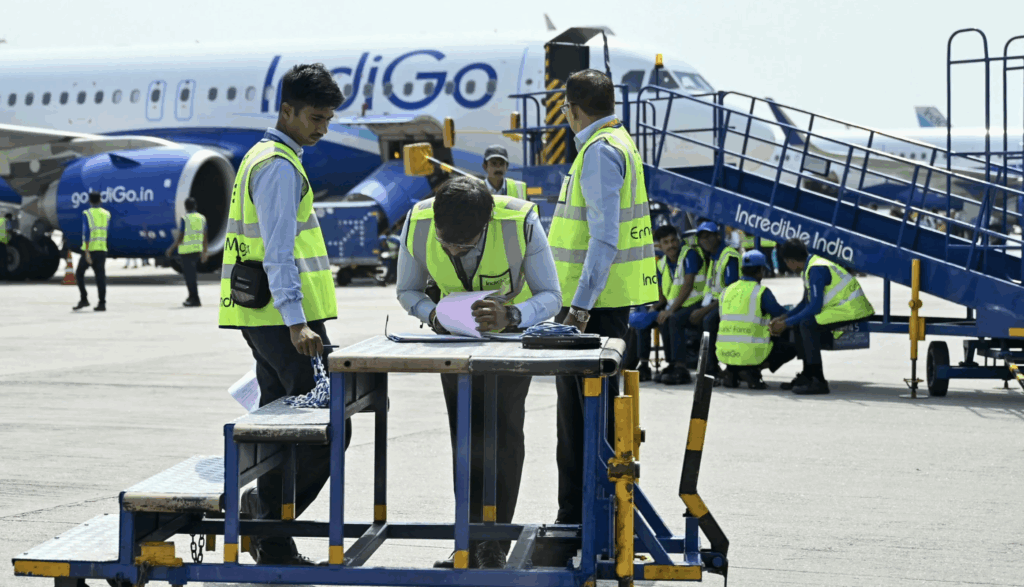This is an Exclusive Guest Blog by HDFC Asset Management Company Limited (HDFC AMC).
India has been highlighted as one of the rapidly advancing markets for 5G technology according to a report by Ericsson, achieving a significant milestone of 100 million 5G smartphone sales in May 2023, surpassing 4G smartphone shipments per month for the first time.

5G technology is the new frontier in telecom infrastructure, and India has taken multiple steps to ensure manufacturing and other competencies. Rapid progress in 5G is critical for India to improve its productivity and achieve Atmanirbharta.
As per a report by Press Information Bureau (PIB) released in May 2023, 5G services have already been installed in 200,000 sites covering 700 districts, within 8 months of its launch on October 01, 2022. Furthermore, Shri Ashwini Vaishnaw, Minister for Electronics and Information Technology stated that the rollout of 5G rollout has been one of the fastest roll out in the world with one site installed per minute. As per the report by Ericsson, India has adopted 5G faster than the other early global adopters, in terms of active engagement with digital apps and services, including streaming, gaming, and augmented reality. In the survey done by Ericsson, notably 3 in 10 5G users emerged from major urban centres like Delhi, Mumbai and Bengaluru.
As the adoption of 5G services continues to rise rapidly, the Government is making a concerted effort to indigenously manufacture the telecom equipment for providing the 5G service. Recently at the India Mobile Congress (IMC), Mr. Vaishnaw stated that nearly 80% of the telecom equipment used in the rollout of 5G has been made in India. Through the Production-Linked Incentive Scheme, there are multiple global companies that have been approved, and have started designing and manufacturing in India to supply this equipment domestically and globally. Currently, India is exporting indigenously designed and manufactured telecom equipment to a total of 72 countries. With the intention to promote the “Make in India” initiative, by manufacturing telecom products domestically, the Government is aiming at higher quality of these products, not just at a domestic level, but also at a global level.
The user base of 5G in India has touched 12.5 crore, placing us in the third position globally. While addressing the IMC in October 2023, the Hon’ble Prime Minister stated that the rewards of such accelerated development and adoption of digital infrastructure should be democratic, with every section of society standing to benefit from progress. On that note, the Prime Minister awarded 100 “5G Use Case Labs” to educational institutions across the country, in order to allow the youth to make use of this cutting-edge technology to make a positive impact on the Indian Economy.
The aim of “100 5G Use Case Labs” is to realize the opportunities associated with 5G technology, by encouraging the development of 5G applications, which cater to India’s unique needs and global demands. In addition to that, this unique initiative is expected to foster innovation across various socioeconomic sectors, and propel the country into the forefront of usage of 5G technology.
While use cases of 5G are still evolving, India is likely to benefit in certain areas based on use cases outlined by companies in this ecosystem, some of which are – provision of high-speed broad band including rural areas, especially using Fixed Wireless Access (FWA), as it provides a flexible and cost-effective solution to connect sparsely populated areas. Smart classrooms with immersive lessons and trainings through virtual delivery of education in urban and rural areas with Augmented Reality and Virtual Reality. Monitoring crops, pesticide optimization and precision agriculture with smart sensors in farmlands to get round-the-clock data on conditions. 5G-enabled telemedicine to improve access to good quality of healthcare. Smart manufacturing through automation and control, predictive maintenance, tracking of logistics – from flow of material to delivery of finished goods.
Though 5G’s coverage has risen at a quick pace in India, the Government is looking to catalyse the next-generation 6G research and innovation in the country to enable India to be a front-line contributor in 6G technology and manufacturing by 2030. As a matter of fact, Ericsson has already announced the launch of its ‘India 6G’ program with the formation of an India 6G Research Team in its Chennai R&D Centre. All these developments involving industry, start-ups, academia, research laboratories, standardisation bodies and the Government, are aimed to make India not just atmanirbhar, but a significant contributor to the global good.













